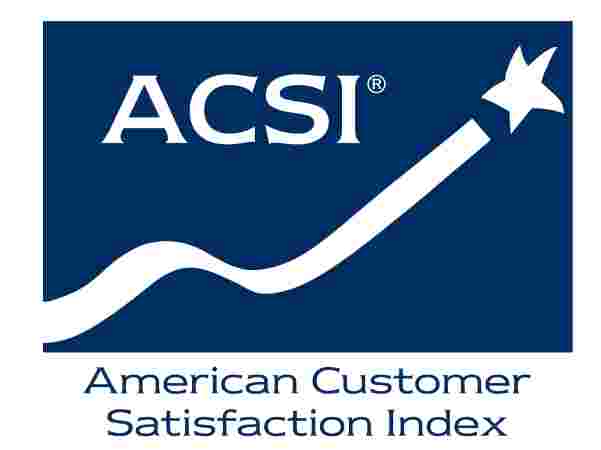
By Sheri Petras | April 4, 2017 | Government Executive
Workplace harassment continues to be a problem in the United States. In fiscal 2016, the Equal Employment Opportunity Commission reported 28,216 incidents of workplace harassment, 5,336 of which were found to have merit. EEOC helped employees recover $125.5 million in workplace harassment claims in fiscal 2016, which represents a significant cost for government agencies and the private sector.
The EEOC defines harassment as any “unwelcome conduct that is based on race, color, religion, sex (including pregnancy), national origin, age (40 or older), disability or genetic information.” Small slights, annoyances, and isolated incidents are not illegal actions. To be considered illegal harassment, the conduct must generate a work environment that can reasonably be viewed as intimidating, hostile or offensive.
In June 2016, the EEOC’s Select Task Force on the Study of Harassment in the Workplace reported results of an 18-month study on harassment. Co-Chairs Chai Feldblum and Victoria A. Lipnic said they were “deeply troubled” by what they learned in the course of this study. After 30 years of effort to address and reduce workplace harassment, there seems to have been only nominal progress. According to Feldblum and Lipnic, it is time for employers, including federal agencies, to “reboot workplace harassment prevention efforts” to ensure a safe and healthy workplace environment.
Rebooting prevention efforts is critical for government agencies for several reasons. Agencies have a legal obligation to create a workplace environment that does not promote harassment. Prevention efforts are an effective and cost-efficient way to address the workplace climate. An active program of prevention can address dormant issues below the surface that could develop into costly workplace harassment litigation.
Within each agency, the bar needs to be set higher than for managers to simply meet their legal obligations. In order for employees to truly work effectively and collaboratively to carry out each organization’s mission, managers should strive to create a safe and healthy workplace environment.
The key point is that if agencies focus on prevention, they can address issues before they evolve into serious matters. Prevention involves identifying training opportunities, providing counseling services, and ensuring that the proper resources are available for employees who are experiencing harassment in the workplace.
Prevention begins with effective workplace climate measurement, addressing the extent to which employees feel they are working in a safe and healthy organization. It is no longer enough to determine whether employees have the tools to do the job. A workplace climate measure should gauge the degree to which the organization encourages positive behaviors, and the extent to which it tolerates specific negative behaviors. Examples include employees feeling encouraged to speak out frankly regardless of position, staff believing that the agency is truthful and inclusive in its communications, and employees trusting they can depend on their colleagues.
Because of the sensitive nature of a workplace climate review, an individual interview component for this type of measure is indispensable. Key issues cannot be expected to be captured via survey results alone. Some employee concerns are best uncovered through personal research interactions. Even if some of the concerns are relatively minor (such as petty slights, annoyances and lack of communication), comments from one-on-one interviews provide rich insight into the potential prevalence of these offenses.
If a workplace climate review uncovers serious concerns about potential or actual harassment within an organization, executives should conduct a formal harassment audit. Such an audit must involve a thorough and validated measurement instrument to ascertain the true prevalence of workplace harassment. The audit should, at a minimum, cover potential harassment issues involving gender, age, sexual orientation, disabilities, race, and religious beliefs and how these affect the overall culture of the workplace.
Conducting a thorough workplace harassment audit accomplishes two very important tasks. First, it ensures that any structural harassment within the workplace is uncovered and can be addressed. Second, it demonstrates to staff that the executive leadership takes the subject of workplace harassment seriously and is taking active steps to ensure a safe and healthy work environment.
By taking the initiative to reboot workplace harassment prevention efforts, agencies can ensure a healthier workplace for their employees and are able to better equip the organization to execute and fulfill its mission.
Other Resources
- Date
- September 7, 2023
by David Ham | September 7, 2023 With the amount of money involved in professional sports contracts, the current trend toward deeper analysis makes good business sense. However, […]- Date
- June 2, 2023
by David Ham June 1, 2023 I will start by stating the obvious, inflation is forcing consumers to make tradeoffs and difficult decisions. This puts businesses […]- Date
- August 1, 2022
by David Ham August 1, 2022 Five years ago, I wrote a blog that asked, Is This a ‘Hook-Up’ or a Long-Term Relationship? The post was […]- Date
- May 24, 2022
by Omar Khan May 24, 2022 A few years before getting my first job as a consultant, I spent a summer abroad in the United Arab […]







